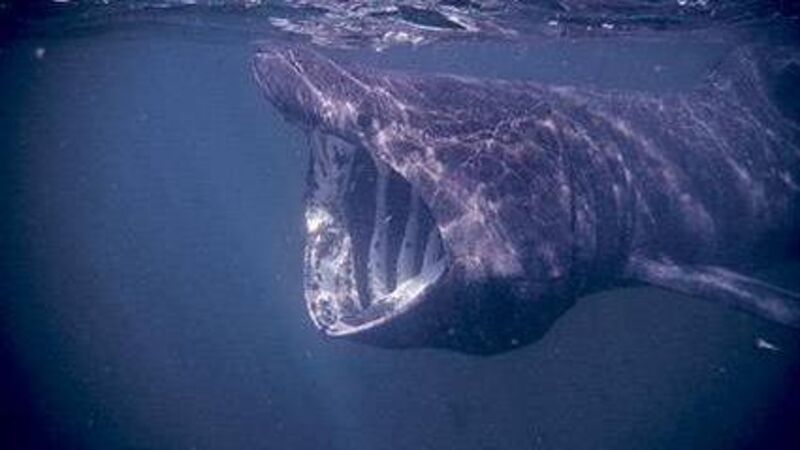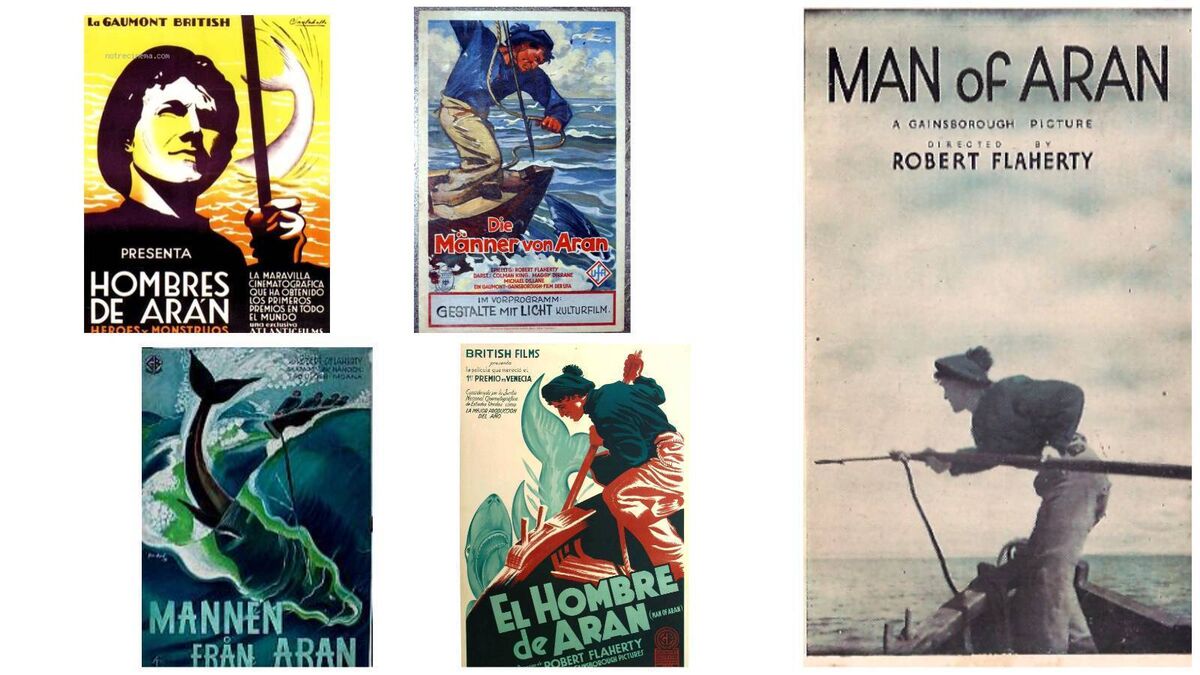Richard Collins: Giants of the ocean can live to a great age — if we let them

The basking species is the largest fish in the North Atlantic and the second largest in the world
A tale of two giants: the basking shark has been designated a protected species in Ireland, and the Northwest Fisheries Organisation is prohibiting the taking of Greenland sharks in Nordic waters. Even sharks caught as bycatch can’t be retained.
Although they belong to different families, the CVs of these sharks have something in common; both are record holders. The basking species is the largest fish in the North Atlantic and the second largest in the world. Only the whale shark of warmer seas is bigger. Although less famous, the Greenlander is not only the world’s longest-living fish, it holds the longevity record among vertebrates both marine and terrestrial.

The basking shark, wrongly called the ‘sunfish’, was killed for its oil off our west coast. The ‘ainmhí sheoil’, the ‘beast with the sail’, was easy for hunters to spot. Swimming slowly close to the surface, it could be harpooned from currachs. Robert Flaherty’s film has a memorable, if staged, sequence of such a kill, although apparently such hunts seldom, if ever, took place in Aran.
According to Michael Viney, up to 200 basking sharks were taken over a two-day period off the ‘Sunfish Bank‘, west of Connacht, in 1815. Between 1950 and 1964, 9,000 sharks were caught at Keem Bay in Achill. Then shark numbers fell and alternative sources of oil became available. The last Achill shark was caught in 1984. Amid signs of a slow recovery of the species, the new legislation outlaws not just hunting but also disturbance of these fish.

The Greenland shark is a stocky grey-brown creature with small eyes and a torpedo-shaped snout. Adults can weigh a tonne. While the basking shark is a gentle plankton-eating giant, the Greenlander’s lifestyle is far from gentle. This well-camouflaged stealth hunter creeps slowly towards its fish prey. Once within striking distance, the victim is sucked into the mouth, in a vacuum-cleaner fashion. Intriguingly, seal polar bear and moose remains have been found in a Greenlander’s gut. In 1859, a person’s leg was discovered in a stomach, but no actual attacks on people have been recorded.
Tagging of Greenland sharks began in the 1930s. When re-trapped subsequently, they were found to have grown by only 1cm each year. This raised an intriguing question. Mature sharks are around 5m long and a 7m one has been recorded. Given its slow growth rate, a shark would have to live a very long time indeed to reach that size. Many sharks see their 250th birthday and some may even reach their 500th. Basking sharks have only a 50-year life expectancy.
Scientists were reluctant to accept the tagging results at face value, but recent research has confirmed the longevity estimates. Proteins, forming within a baby shark’s eyes before it is born, contain isotopes. These decay gradually over its lifetime. Carbon-14 dating of adult shark specimens give age estimates of 250 to 500 years.
Why these sharks live so long is difficult to explain. According to one theory, a Greenland shark’s metabolism has to be extremely slow for it to survive in cold Arctic waters, As a result, it functions at a very slow pace and so lives longer.

- Michael Viney. . 2003





